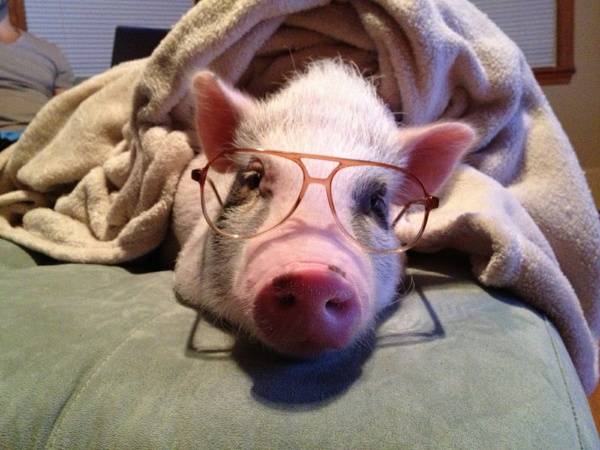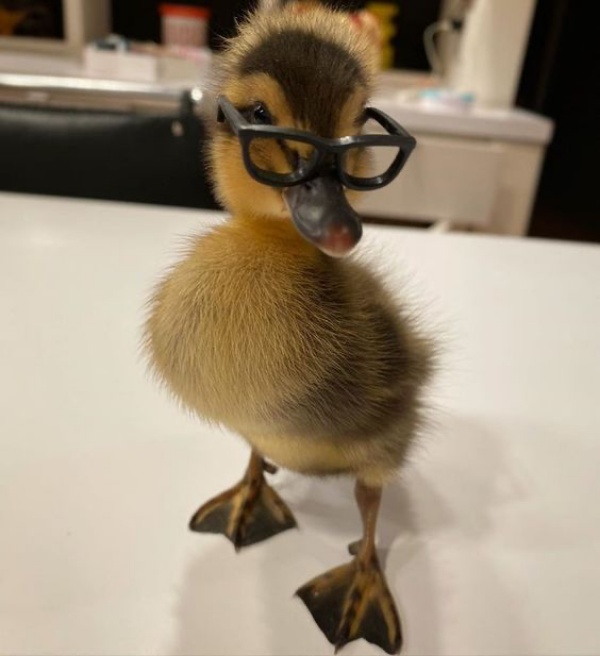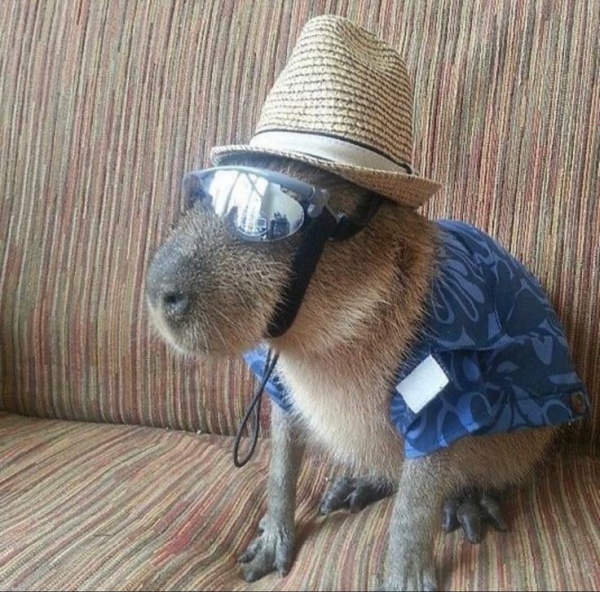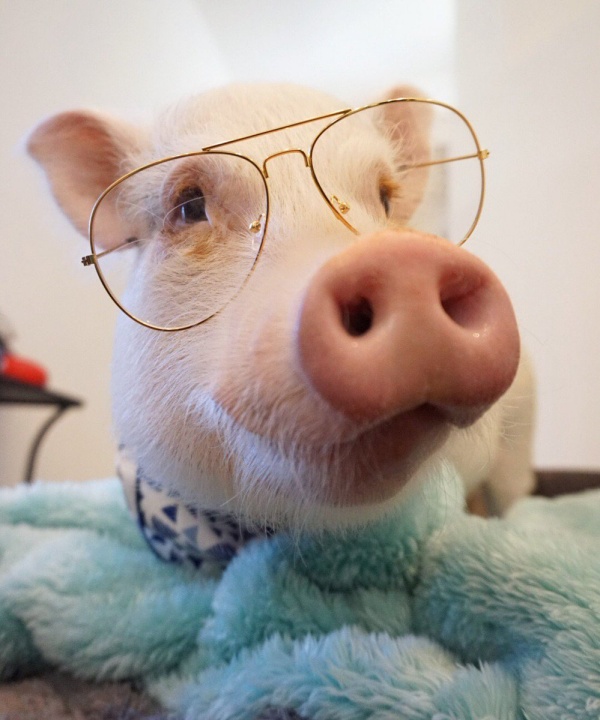When it comes to cute pictures of animals wearing glasses, there are not many people who can
resist smiling. This is because the first thing about animal wearing glasses is that it looks really cute.
There is no doubt that the glasses both look out of place on the animal that is wearing it and also
suitable at the same time. This is because in the normal way of things, it is not normal for an animal
to wear glasses and this is what makes it look odd. But the glasses do emphasize the lovely and
innocent eyes of the animal, which is what makes it look so cute and perfect. Even animals like dogs
and cats may try to don a pair of glasses by butting their head into a pair that is lying around on a flat
surface in such a way that it lands on the eyes of the animal.
1. Cats Wearing Glasses
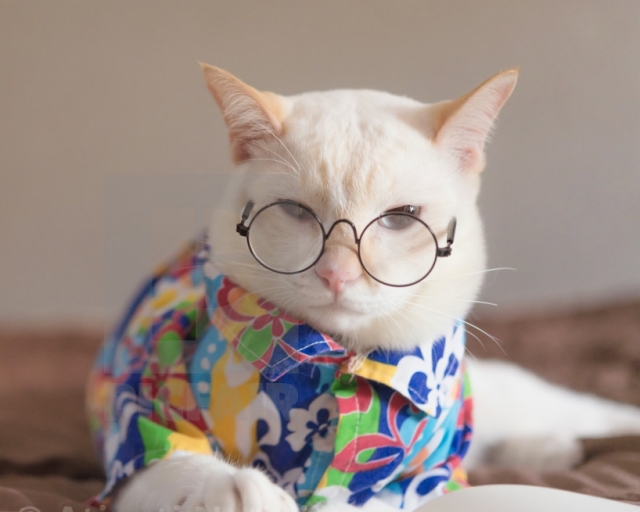
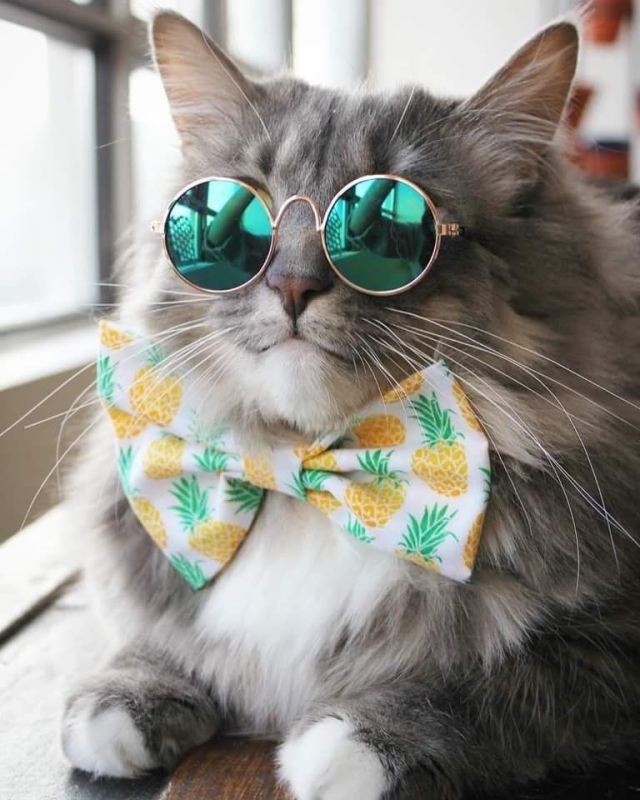
Whether napping in a sunbeam or sitting at your dining table like they’re people, cats are
photogenic. You don’t need advanced photography skills to get a great photo of your fluffiest pal.
They handle the cuteness.
2. Kea Parrot

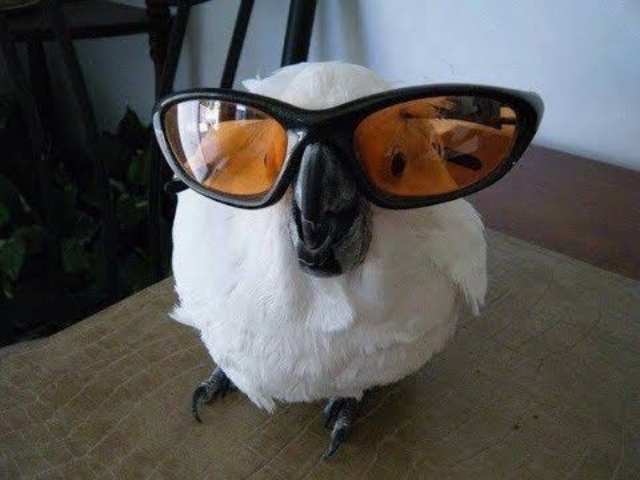
Known as highly intelligent and curious birds, and frequently engage in playful behavior. Kea Parrot
love to perform aerial acrobatics and chase one another. At times, they will even toss objects to
each other or play with objects using their beaks and feet. Keas will emit a warbling sound when
happy, particularly while playing with other members of their species. That said, kea sometimes
makes this sound alone, indicating that it could be a sound of pleasure.
3. Chimpanzee

Amongst all animals that laugh, the phenomenon is most often observed and understood in
primates. Along with some species of monkeys, most primates laugh when playing, roughhousing, or
tickling one another. For instance, both wild and captive chimpanzees laugh when engaging in
playful behavior. Chimps that don’t know each other well laugh more often than well-acquainted
chimps. This indicates that chimpanzees use laugher as a way to ease tense situations and to blow
off steam. Through this behavior, chimpanzees use laughter as a social lubricant to raise the level of
cohesion within a group.
4. Elephant
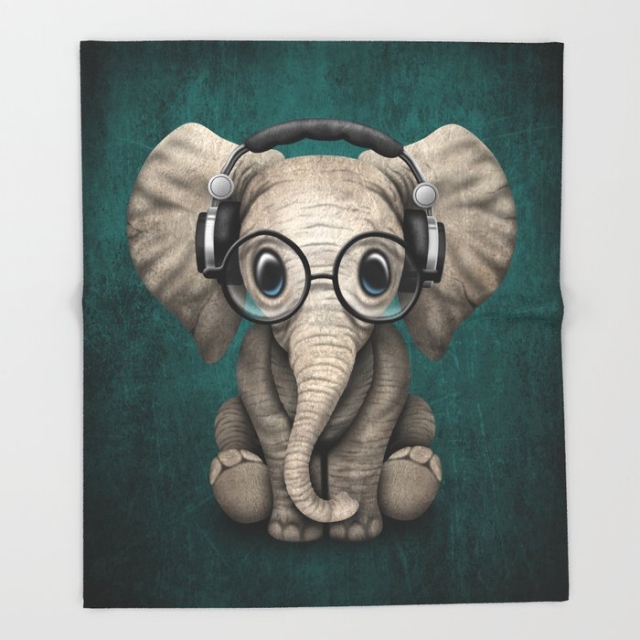
Elephants form tight-knit herds of related family members and possess a keen level of intelligence.
They can complete complex tasks, manipulate tools, and recognize themselves, people, and other
elephants. Therefore, it should come as no surprise that elephants also count among the list of
animals that laugh. Elephants frequently engage in playful behavior and may jostle or play tricks on
one another. In addition, when playing, baby elephants may make a sound that sounds similar to a
human giggle. Another common vocalization that elephants make when happy is trumpeting with
their trunks.
5. Rat
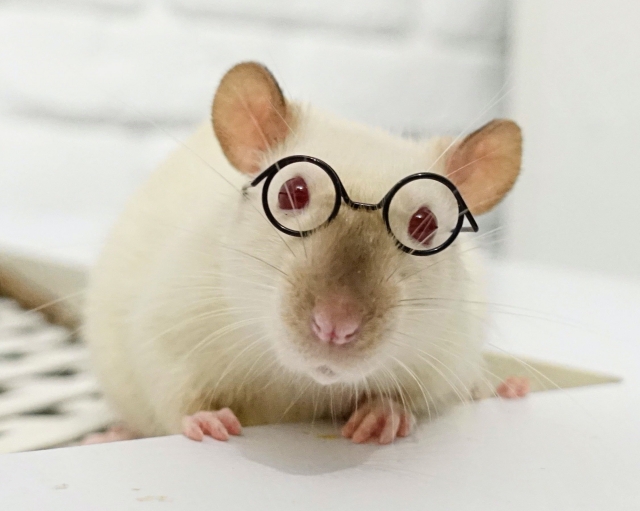
Due to their frequency as lab rats, scientists get plenty of opportunities to watch rat responses to
certain stimuli. It comes as no surprise that scientists discovered rats emit a long, ultrasonic chirping
sound when engaging in rough play or when tickled. This sound is likened to a laugh, and rats that
laugh the most prefer to spend time with other rats that laugh.
6. Bonobo
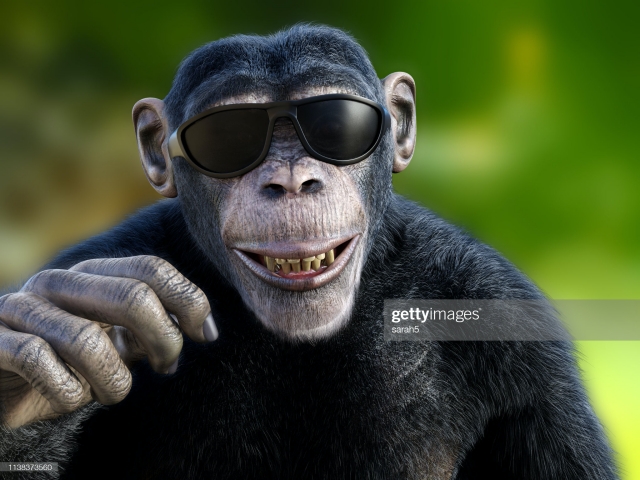
While bonobos often get lumped in with their fellow primate, the chimpanzee, they are a distinct
species with their own unique appearance and behaviours. They used a wide number of
vocalizations, among which is a hoarse, throaty chuckle. Like their fellow primates, bonobos laugh
when engaging in play and also when tickled. According to research, a bonobo’s laughter follows the
same pattern as the laughter of a human baby and includes similar facial expressions. Even into
sexual maturity, they retain a playful nature and will laugh and cooperate with even unfamiliar
bonobos in certain situations.
7. Dog

When dogs laugh, they pant in a rhythmic pattern made up of a burst of varying frequencies. In
some cases, these pants can even sound like human laughter. Scientists discover that playing these
panting sounds to other dogs initiates spontaneous play, increases social behavior, and reduces
stress. In addition to laughing, dogs will also wag their tail when happy, and some will put on a
happy face that looks an awful lot like a human smile.
8. Gorilla
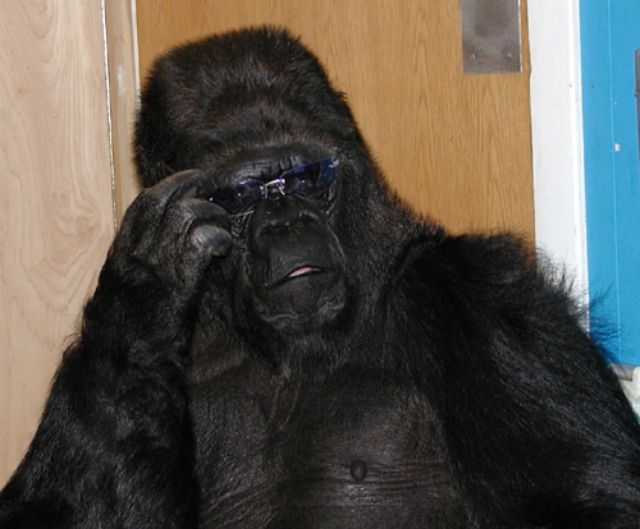
In addition to its status as the largest and strongest animal ape, the gorilla may also earn the title of the
best comedian. While evidence indicates that gorillas laugh when playing or tickled, there also exists
plenty of examples involving gorillas telling complex jokes. For example, Koko, a famous gorilla who
learned more than 1,000 signs, frequently used signs to tell jokes with her instructor and caretaker,
Francine Patterson. At its root, humour and comedy are forms of symbolic play, with words and
actions used to allude to certain emotions and experiences.
9. Degu
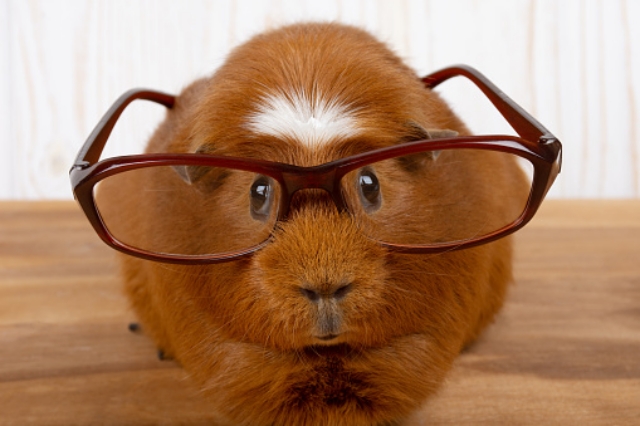
Extremely social creatures, degus live in intricate burrows containing multiple members and use a
wide number of vocalizations. In total, they can make up to 15 different sounds and can distinguish
individual degu voices. Given their advanced communication skills, it’s no wonder that degus belong
to the small number of animals that laugh. When laughing, degus generally emit a high-pitched purr
or grumble, and do so either during play or when content.



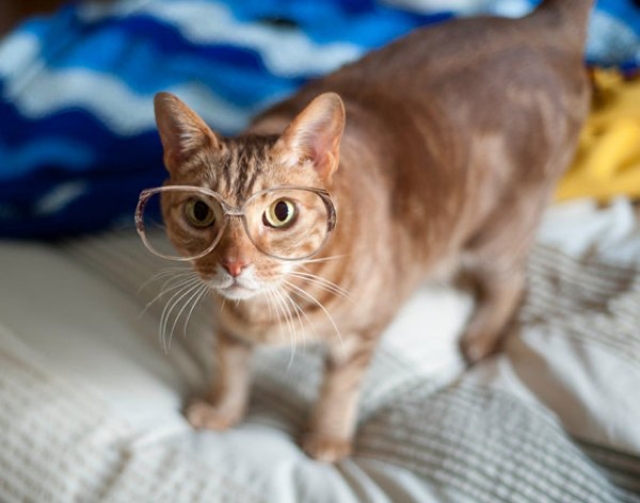
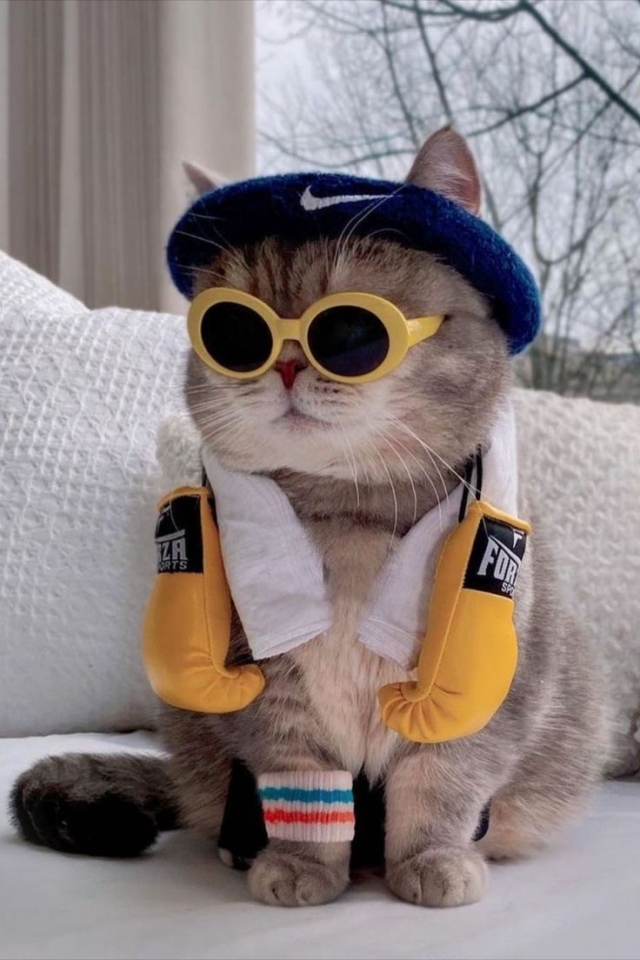
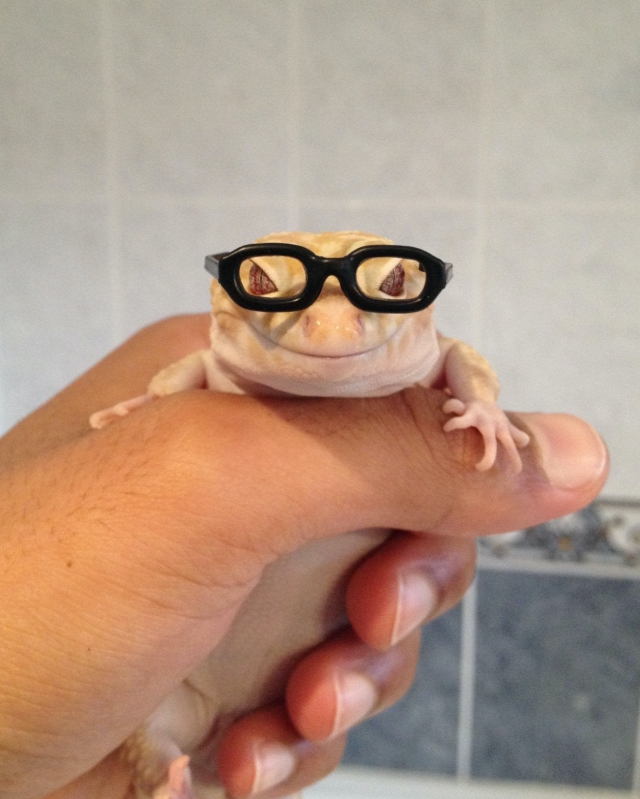
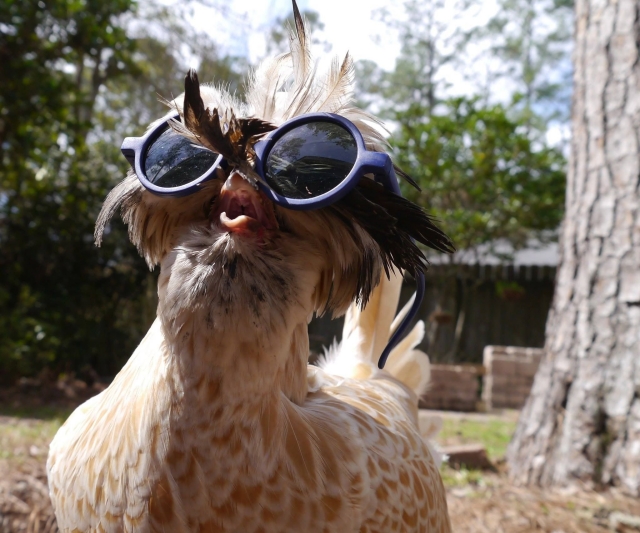
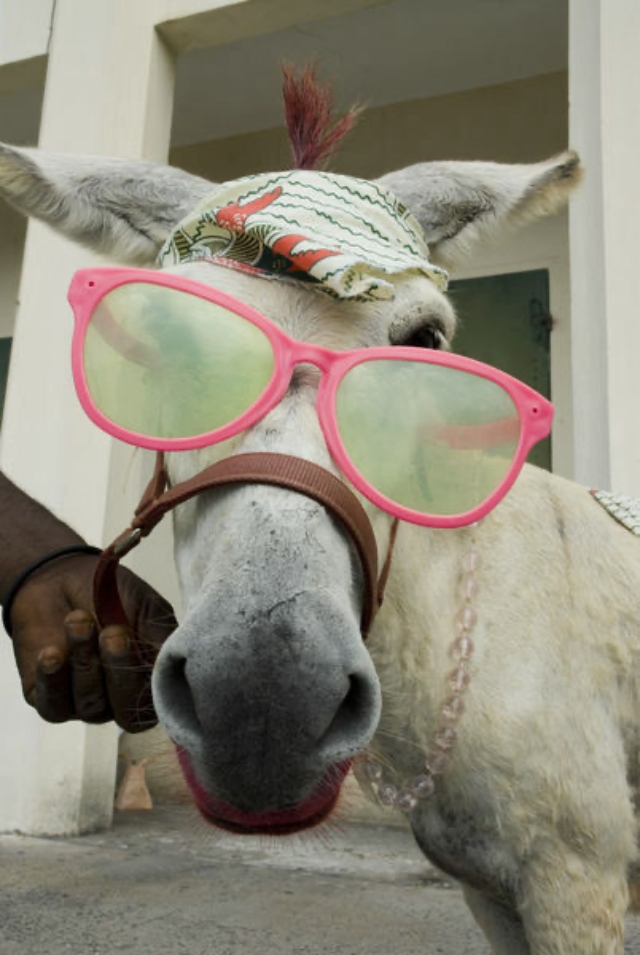



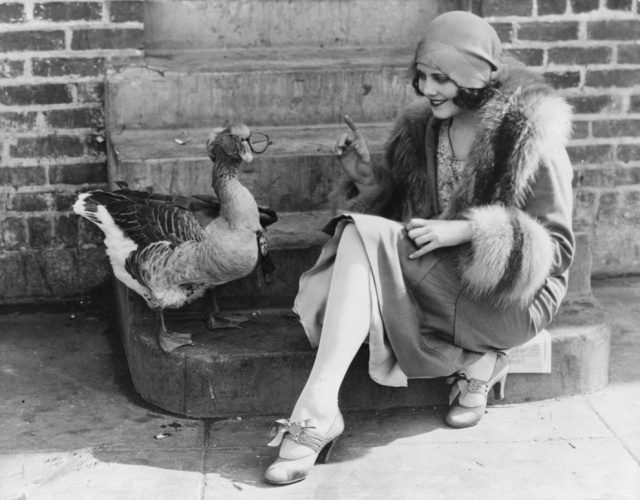


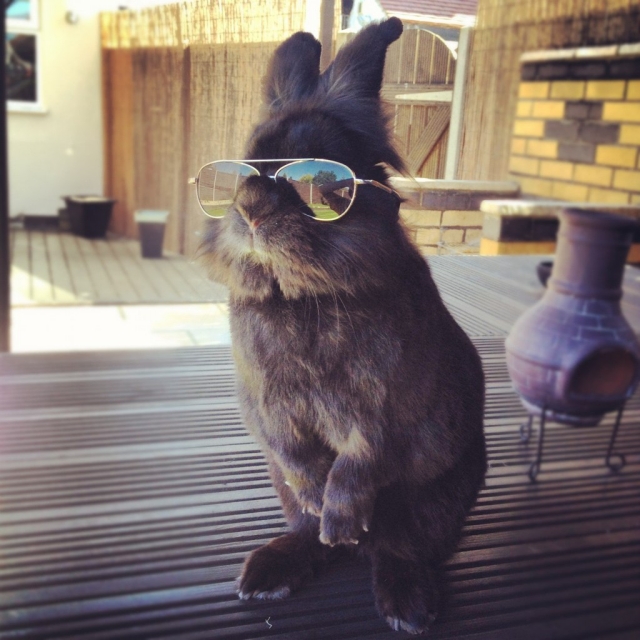
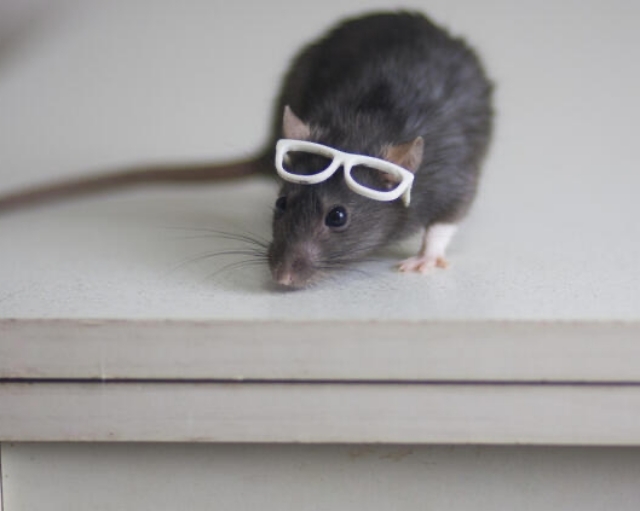
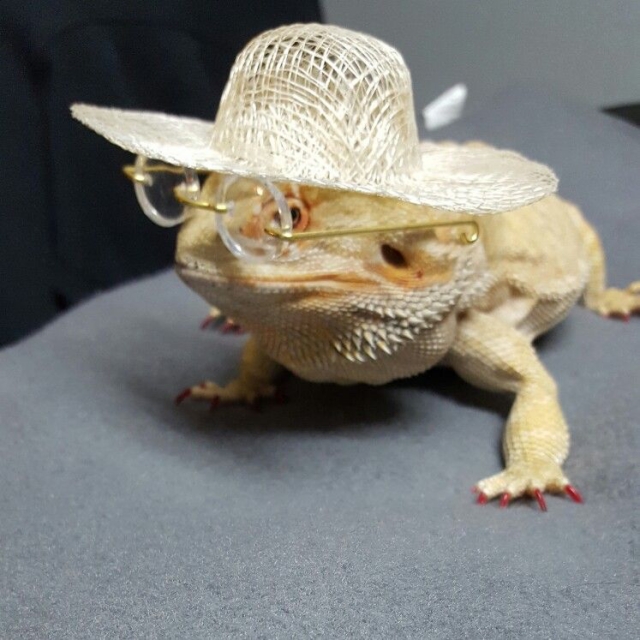
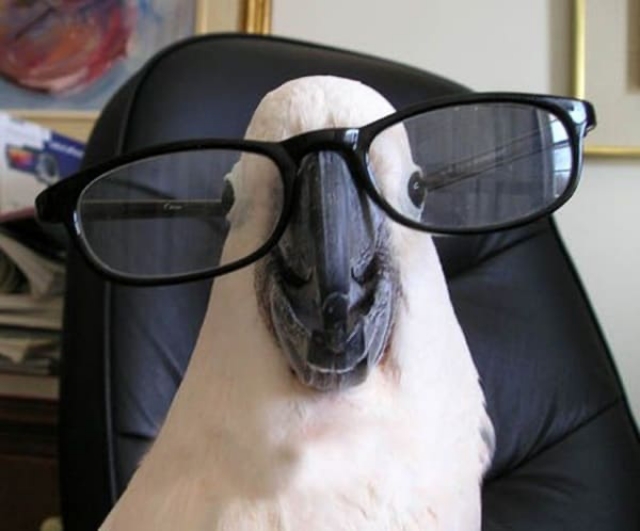
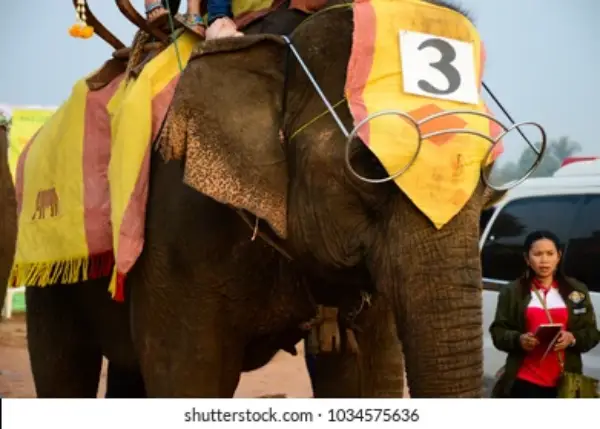


Close-up of a young Bornean orangutan wearing glasses and a bow tie, isolated on white

